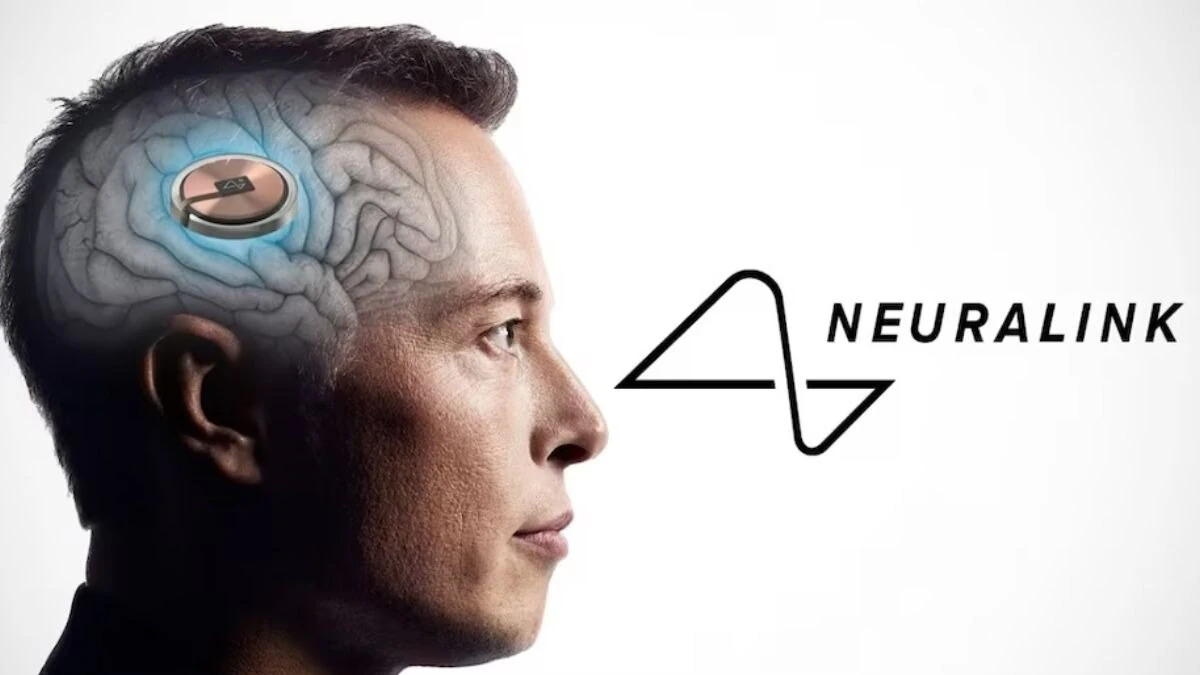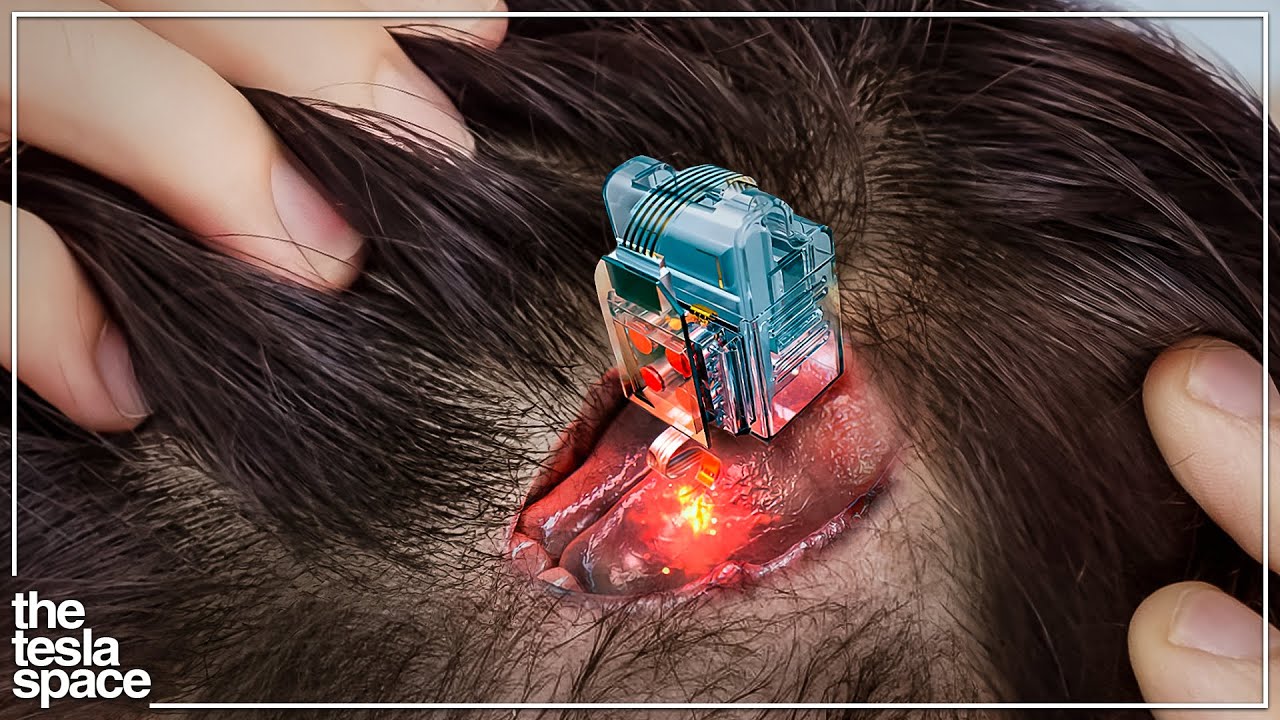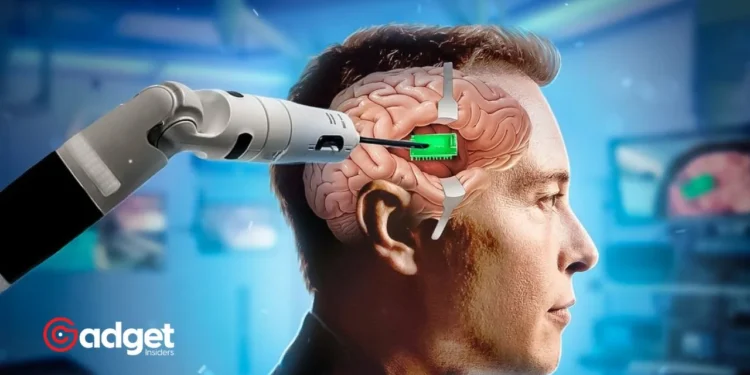In an era where science fiction increasingly blurs with reality, Neuralink, Elon Musk’s ambitious venture into brain-computer interfaces (BCI), has emerged at the forefront of technological and ethical debates. The company, committed to forging a symbiotic relationship between humans and machines, recently made headlines with the unveiling of its first human patient, Noland Arbaugh.
Arbaugh’s story, a confluence of curiosity, controversy, and groundbreaking innovation, epitomizes the complex journey of Neuralink from animal testing to human trials.

Neuralink: The Path to Human Trials
Neuralink’s voyage into the unknown commenced with extensive animal testing, a standard yet controversial practice in medical research. Reports of “botched” surgeries and “extreme suffering” among Neuralink’s test subjects at a former UC Davis facility sparked significant backlash.
A medical group advocating for animal rights highlighted distressing records from 2022, painting a grim picture of the trials. These allegations, coupled with a subsequent investigation by the US Department of Agriculture that unearthed a single violation in 2019, fueled the debate on the ethical dimensions of the brain tech company’s experiments.
In defense, Neuralink articulated its commitment to humane and ethical treatment of animals, stating the transition to an in-house facility for further research. Elon Musk himself addressed the concerns, asserting on X (formerly Twitter) that no monkey had succumbed directly due to the company’s implants. These defenses, however, did little to quell the unease surrounding the company’s early testing phase.
"I do believe it has promise. The ability to read electrical waves off of the brain and be able to correlate how those would line up with certain intended outputs is a technology that we've been working on for a long time."@ScottGottliebMD on Neuralink's recent human trial. pic.twitter.com/zK4vkHRlAy
— American Enterprise Institute (@AEI) March 27, 2024
Noland Arbaugh: From Skeptic to Advocate
Enter Noland Arbaugh, Neuralink’s first human volunteer, whose journey from skepticism to advocacy offers a firsthand perspective on the controversy. Before his surgery, Arbaugh delved into the murkier aspects of the brain tech company’s animal testing, seeking answers directly from the team.
His interactions, which he recounted during an all-hands meeting and were later shared on X, revealed a narrative far removed from the disturbing accounts that had initially concerned him. Arbaugh’s candid remarks, humorously downplaying the animal treatment concerns by comparing his treatment to that of the test monkeys, underscored a significant shift in the narrative.
From fears of “monkeys like picking out their implant and rubbing it on the ground” to an assurance of ethical research practices, his experience painted Neuralink in a more humane light, challenging prevailing criticisms.
The Human Experience: Beyond the Controversy
For Arbaugh, the journey with Neuralink’s brain implant transcended the initial controversy, offering glimpses into a future where technology and biology intertwine seamlessly.
Despite the implant’s palpable presence, Arbaugh’s experience has been overwhelmingly positive, highlighting the device’s potential to enable individuals to perform tasks like tweeting and playing video games using only thoughts.

This breakthrough, achieved in a “crazy fast” timeline from application to surgery, marks a significant milestone for Neuralink. Beyond the spectacle of mind-controlled interfaces lies the company’s vision to assist individuals with neurological disorders and quadriplegia, showcasing the implant’s transformative potential.
Looking Ahead: Navigating the Ethical Labyrinth
As Neuralink continues to navigate the ethical labyrinth surrounding its pioneering work, the discourse around BCI technology remains charged with questions of morality, innovation, and the future of human-machine symbiosis.
The company’s journey, emblematic of the broader challenges facing cutting-edge medical research, underscores the delicate balance between groundbreaking advancements and the ethical imperatives guiding them.










